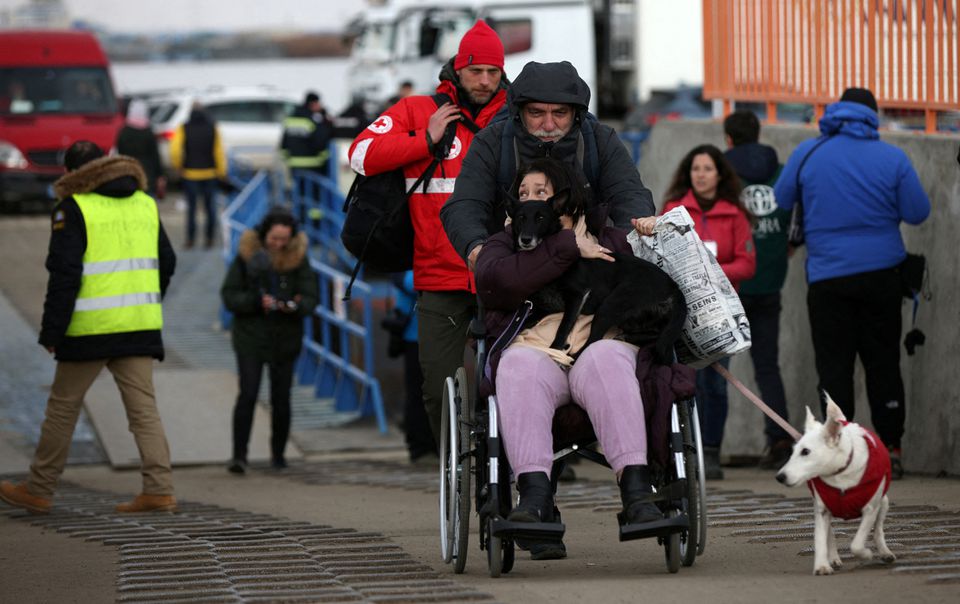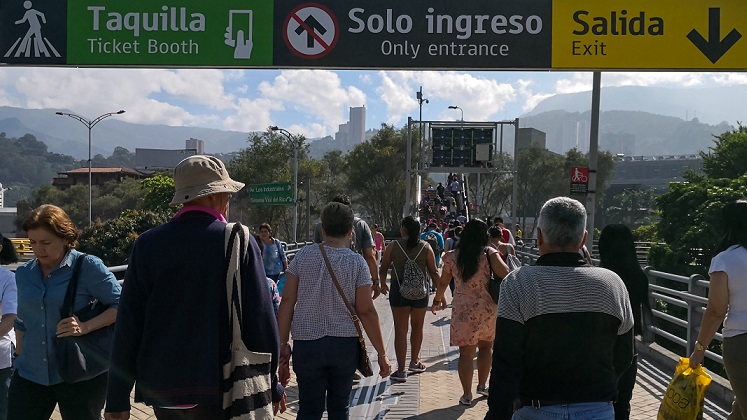Alum of the MSc in International Migration and Public Policy at LSE Massimo Spinelli considers how Europe can improve its capacity to integrate migrants and simultaneously tackle depopulation in rural areas, looking at case studies in Germany and Italy.
In the last few decades, most member states of the European Union have been experiencing growing depopulation across their territories, especially in rural areas. Entire villages have been abandoned, schools and other businesses have been closed, forcing locals to relocate elsewhere, frequently to one of the overcrowded major cities in the country. To cope with this pressing issue, states’ governments and institutional actors have developed plans and incentives to attract both nationals and foreigners. Oftentimes, though, projects implemented by national institutions have proved to be short-sighted, failing to understand the reality on the ground within these communities and address the root causes of this phenomenon.
In this context, the urgent issues of an increasingly ageing population and widespread depopulation intersect with the mass migration movements which have characterised the last three decades. Most notably, starting from 2014, Italy and Germany have been among the European states which have been pressured, in different ways, to welcome the largest numbers of refugees and asylum seekers. Lack of coordination on the ground, flaws in the reception system, and unexpected increases in numbers of arrivals have forced many European countries to reconsider their strategy to deal with refugees, asylum seekers and undocumented migrants. As a result, overcrowded reception centres have quickly become an unfeasible option for new arrivals. This partly explains why a section of the migrant population was firstly hosted in small villages deemed soon-to-be abandoned.
Alongside national government plans, local governors and associations emerging from the civil society have developed new integration models. In many cases, like Riace and other small villages in Calabria, Southern Italy, these are the reflection of an ingrained culture of hospitality deployed in response to significant inflows of, primarily, undocumented migrants. Other instances, such as Golzow, in Eastern Germany, have demonstrated how small communities, despite having a reputation of being reluctant to accept migrants, can quickly adapt to become a welcoming environment for migrants, refugees and asylum seekers. This new trend has undoubtedly helped small communities to survive complete depopulation and has given refugees the chance to live in a safe place after the distress of their long and perilous travels.
The Italian case of Riace is significant for two key reasons: the geographical position of the country, located at the Southern European border and separated from Northern Africa by only a few kilometres across the Mediterranean Sea; and the highly bureaucratic and multi-layered reception system which has shown its flaws on a number of occasions. The mayor of Riace, Domenico Lucano managed to establish a new development system based on the promotion of economic and touristic local activities. Overcoming systemic bureaucratic hurdles and scepticism, the local association created a safe and inclusive environment for refugees and asylum seekers. Legal troubles for Lucano started when, after growing in scope, Città Futura could not financially survive relying solely on European funds and the government’s support. The former mayor was then accused, among other charges, of having mismanaged financial resources destined for migrant integration activities through the creation of satellite associations. Although recently Lucano has been sentenced to over 13 years, his values and ideas remain alive and well. Indeed, a number of small villages in the area have adopted similar integration initiatives, drawing on Riace’s experience and striving to improve projects’ financial sustainability and refugees’ restored independence
Italy and Germany are not isolated cases in Europe. Similar positive instances of refugee integration within small communities can be found in Finland, Spain, Sweden and elsewhere. Some initiatives were not initially aimed at integrating refugees in the destination community at all. Instead, they aimed to redevelop urban spaces on the brink of failure through temporary work and joint projects between volunteers, NGOs and refugees. Yet, as an indirect consequence, this facilitated the inclusion of refugees in the receiving community. This is the case for Röstånga Tillsammans, a developing project in which refugees were involved in renovating houses in Röstånga, Southern Sweden, giving new life to low-priced estates that are now rented by those same refugees.
The practice of incentivising people to repopulate abandoned regions at the national and local levels is not new. However, integration initiatives involving migrants and refugees in small and rural communities are recent concepts; thus, little research has been carried out in such environments. The existing literature concerning refugee settlements in rural communities primarily deals with challenges related to discrimination and hostility expressed or portrayed by natives towards newcomers or structural and policy constraints within the analysed national and transnational context. These are valuable resources, but they are their specific focus constrains tRhe range of applicability of insights emerging from the research carried out.
Intersectionality between the realm of migration and the depopulation of rural areas in Europe represents a relatively unexplored policy and research field. The two fields have the potential to be brought together by innovative approaches to integration and efforts to develop policy with mutually beneficial solutions. Ideally, discussions about the subject would include all major stakeholders: dedicated national institutions, regional and local authorities, NGOs working in the region, residents, and refugees. Overall, this approach to the reception of refugees and integration seems promising and the application of insights from the relevant scholarship could develop theories and policy initiatives in the field even further. Further research should try and implement in-depth comparative analysis to have a broader perspective of how the environment surrounding these projects can affect the outcome of the integration process. Elements such as independence, social connections and stability, developed through initiatives established in a host community can go a long way.
The views expressed in this post are those of the author and in no way reflect those of the International Development LSE blog or the London School of Economics and Political Science.
Photo: Syrian Refugees resettled in Golzow, Germany. Credit: UNHCR.





